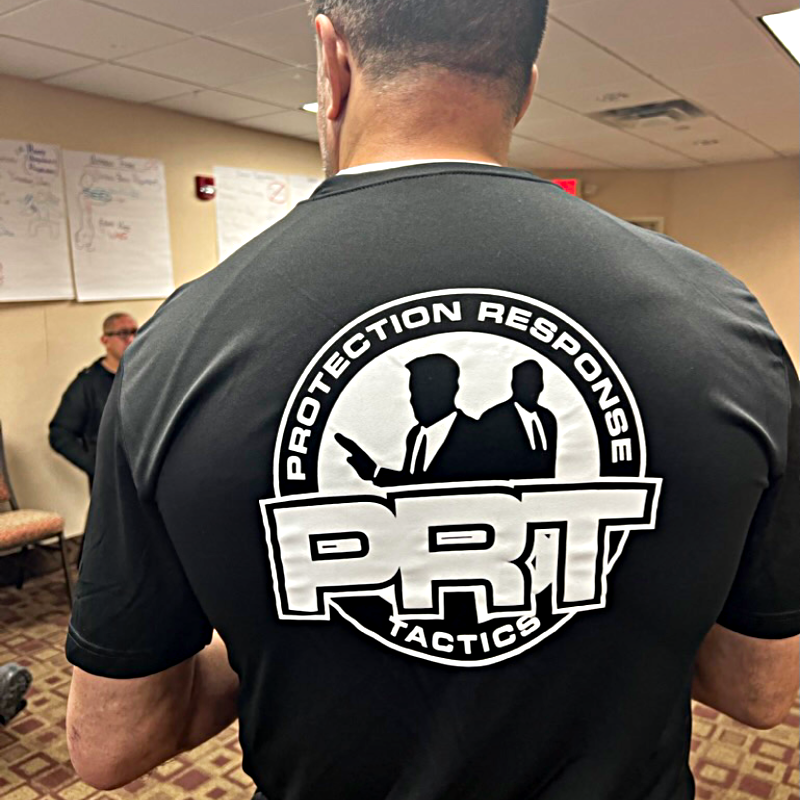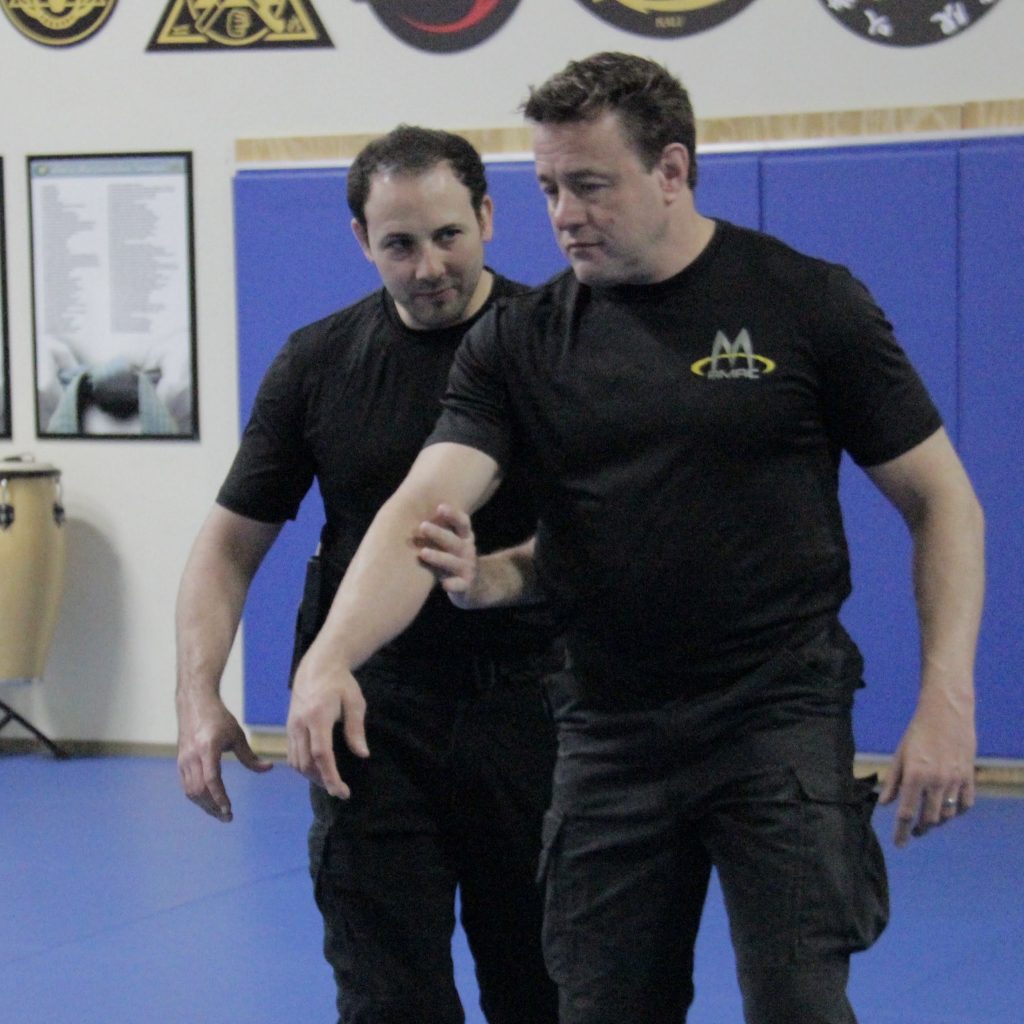
Defensive tactics in the security and protection industry must go further than simply repackaging martial arts techniques, which is, unfortunately, all too common in the field. While martial arts are valuable disciplines, they are not inherently designed with the unique challenges of client protection in mind. Traditional martial arts primarily focus on safeguarding the practitioner, not on the complexities of protecting another individual in a high-stakes, public-facing environment; they were simply never designed with this environment in mind.
Martial arts are typically practiced in controlled settings, such as dojos or gyms, that don’t reflect the unpredictability and constraints of real-world environments like crowded areas, in or around vehicles, or public spaces. In contrast, protection work often requires seamless coordination with a team, a dynamic that traditional martial arts rarely address. Additionally, protection agents frequently rely on a variety of tools, such as non-lethal weapons or improvised objects, which fall outside the scope of most martial arts curriculums, which tend to focus on empty-hand techniques or specific weapon systems.
A protection agent’s role demands a far broader and more nuanced approach. It’s not just about neutralizing a threat; it’s about doing so in a way that is visually appropriate, socially acceptable, and legally defensible. Every action taken must minimize risk, not only to the client but also to the agent’s reputation and the legal standing of all involved. The consequences of poorly chosen tactics can lead to public backlash, legal liability, and even harm to the client’s image or safety. Teaching at EPI twice a year consistently reveals new stories about teammates or employees mishandling physical situations on details. Such incidents frequently result from inadequate training or an insufficiently developed mindset to respond effectively.
An example of these legal considerations involves understanding and applying socially acceptable techniques for exerting control in low-level force situations. This means focusing on maintaining dominance through precise placement and positioning rather than resorting to excessive or unnecessary force, which could result in legal repercussions or public scrutiny, your goal is to desculate the encounter. Proper execution of these techniques ensures that an agent’s actions align with the principles of the reasonable force continuum and appear appropriate if later reviewed on video by supervisors, legal teams, or the public.
If you are protecting a highly recognizable client who encounters an overly enthusiastic fan, this scenario serves as a prime example of a low-level force situation. While the fan poses no real threat or has ill intent, their excitement may require some degree of control to ensure the client’s safety and comfort. Managing such interactions effectively involves maintaining professionalism, using minimal force, and de-escalating the situation in a way that prioritizes optics and legal compliance.
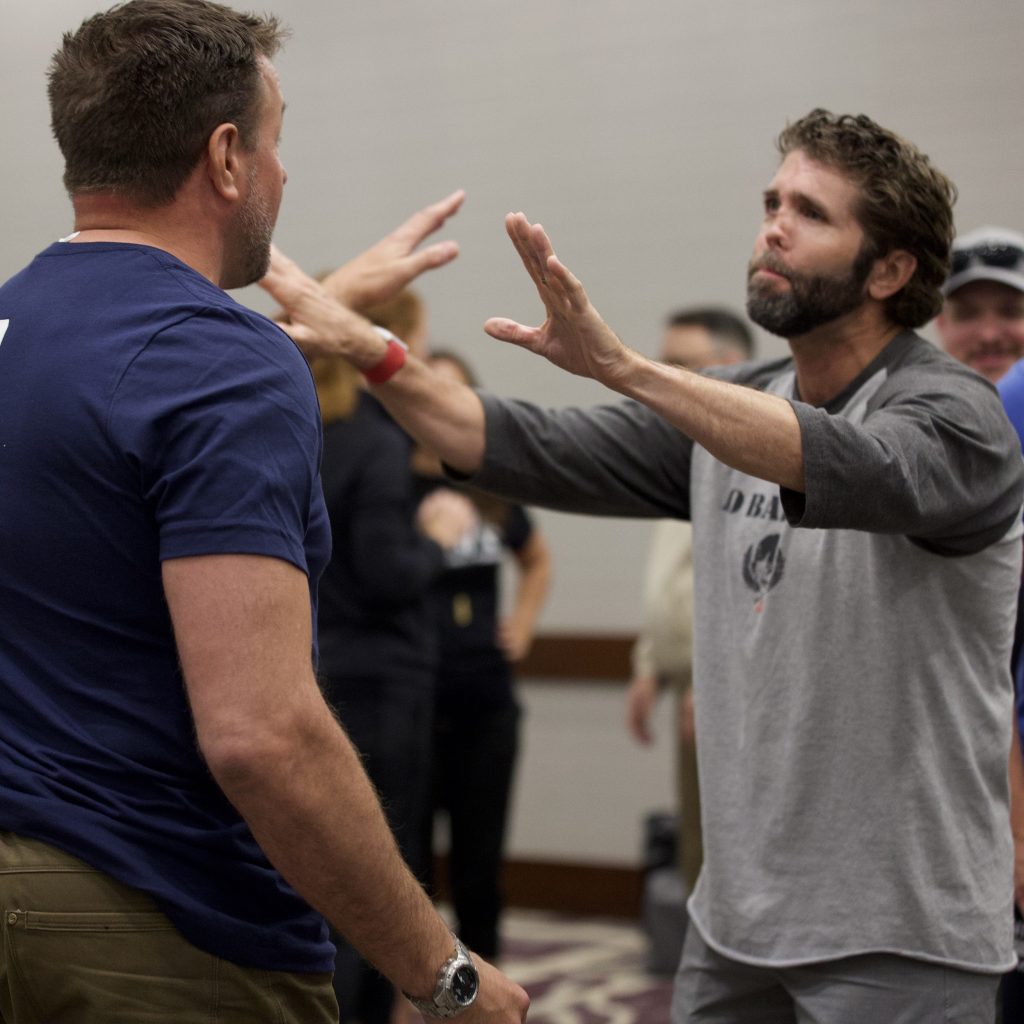
These techniques focus on maintaining physical control while managing optics and perception, which are critical in today’s environment of constant surveillance. Every action taken by a protection agent must reflect professionalism, restraint, and adherence to legal standards. By using measured and appropriate methods, the agent can demonstrate a commitment to de-escalation and accountability.
Additionally, when executed correctly, these methods force the aggressor to escalate their behavior if they intend to continue the confrontation. This shift puts the responsibility for escalation on the aggressor and provides clear justification for the agent to take further action if necessary. Such techniques not only protect the client and the agent but alsosafeguard the integrity of the organization they represent. All of these considerations around optics and liability are not something that is thought of or considered in most martial arts or self-defense methods.
When you examine what is commonly taught in the average martial arts class, the focus often begins with fundamental concepts such as adopting a stance. This stance is typically designed to provide stability, balance, and the ability to generate power for delivering strikes. Students are instructed to raise their hands into a guard position, often forming fists—because the assumption is that the primary tool for self-defense will involve delivering a punch or similar offensive strike. These actions are standard across many martial arts styles and are taught as essential components of combative skill development.
However, if viewed through a legal lens, these same actions could potentially be classified as aggressive posturing indicative of assault in specific situations. Assault, as generally defined, is an intentional act that creates a reasonable apprehension of imminent harmful or offensive contact. In other words, the act of positioning yourself in a stance, raising your fists, or making aggressive movements—actions taught and practiced routinely in martial arts—could be interpreted as assault if they cause someone to fear that a strike or attack is imminent.
For example, stepping into a fighting stance in front of someone during an argument, even without throwing a punch, could be perceived as a threatening act. The person on the receiving end of this display might feel an immediate fear of being harmed, satisfying the legal definition of assault in many jurisdictions. It’s important to note that the specific interpretation of assault depends on local laws, as definitions and legal standards can vary.
Incorporating strategies that are non threatening in appearance into training programs ensures that protection professionals are prepared to handle real-world scenarios in a manner that prioritizes legal compliance, client safety, and professional optics. This necessity underlines the importance of structured, scenario-based training that focuses on practical, real-world applications of defensive tactics.
Traditional martial arts typically fail to address these critical considerations. They don’t incorporate strategies for managing optics in a world where every move can be recorded and scrutinized. They lack the training to ensure actions align with the legal use-of-force continuum or account for an escalating situation’s social dynamics. In the security and protection industry, defensive tactics must be tailored to these realities, combining physical skills with situational awareness, de-escalation techniques, and a deep understanding of legal and social implications.
A proper defensive tactics program for protection agents prioritizes the client’s safety, ensures actions are justifiable under legal standards, and maintains a professional and appropriate public presence. Anything less is inadequate for the demands of the job and risks compromising the very mission of protection.
The Challenge of Identifying Effective Training in the Protection Industry
Ineffective programs often infiltrate the protection industry due to a lack of perspective or understanding. Without a deep knowledge of what effective training entails, it’s easy to be misled into thinking a program is “good” simply because it looks impressive or mimics scenes from movies. However, flashy techniques and cinematic flair rarely translate into practical skills needed for real-world protection scenarios.
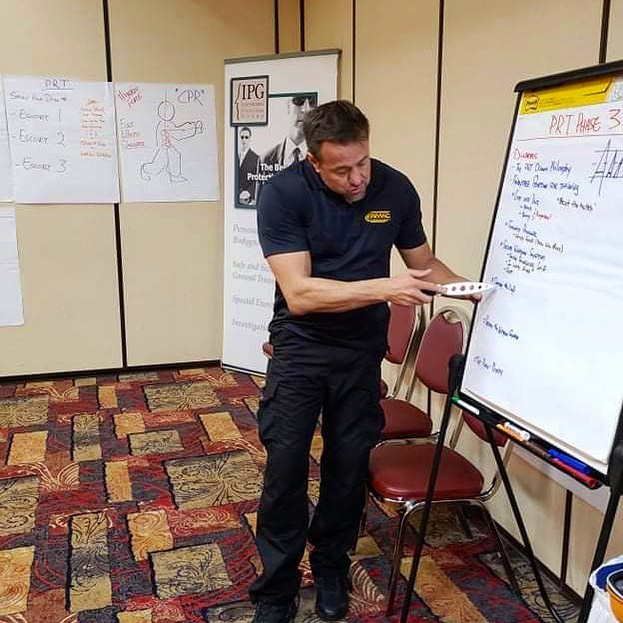
As professionals gain experience in the protection environment, they start to recognize the gap between what they once thought was effective and what is genuinely required in the field. Over time, the realities of the job replace misconceptions, and a clearer understanding of what works emerges. This perspective becomes especially evident when you speak with seasoned professionals—those who have spent 30 or even 40 years in the industry.
These veterans, often referred to as the old-school titans of the industry, carry a wealth of hard-earned wisdom. They understand the challenges of finding truly effective training and the importance of filtering out what is flashy but ineffective. Their experience highlights the need for practical, purpose-driven programs that address the real demands of protection work rather than catering to what “looks cool.” This perspective is especially true when it comes to putting your hands on someone in a situation.
The insights of these long-time professionals serve as a reminder that actual effectiveness comes from proven methods, not appearances. Their learned and earned wisdom is a valuable resource for those seeking to separate genuine training from superficial offerings in the protection industry.
A program designed for the protection industry must be explicitly purpose-built for the unique demands of that environment. It cannot be effectively created by someone who lacks firsthand experience and a deep understanding of the nuances of the protection field. The designer must possess extensive knowledge of martial arts and a comprehensive grasp of the protection industry, as the two must seamlessly integrate to address real-world scenarios protection agents face.
Extensive martial arts knowledge is more than surface-level familiarity with two or three styles or systems. The individual must have a proven history of training across multiple self-defense and martial arts systems, covering the Full Spectrum Of Combat. This principle was created to be used as a thought process to identify gaps in knowledge based on what the human machine will naturally do in combat. This principle includes expertise in firearms handling, edged weapon tactics, striking techniques, pummeling, and grappling in various environments, including ground combat. Each of these skill setsis vital, as protection agents must be prepared for a wide range of threats and must adapt to unpredictable situations quickly and effectively.
Furthermore, the designer must understand not only how to teach these physical skills but also how to tailor them to the specific context of the protection industry. This requirement means accounting for legal considerations, social appropriateness, and the visual optics of every action taken. Protection agents operate in high-pressure, public-facing roles where their decisions can have far-reaching consequences, both for their clients and themselves. As such, the program must emphasize situational awareness, de-escalation techniques, and client-focused strategies that align with the unique challenges of the job.
Without this depth of knowledge and real-world experience, the program risks being impractical or ineffective, failing to address the realities of protecting a client in a dynamic, high-stakes environment. A genuinely effective protection-focused program requires a designer who understands the art and science of personal defense and has walked the path themselves, bridging the gap between theory and application.
Vehicle-Centric Considerations in Defensive Tactics
An additional central element to consider when designing a defensive tactics program for the protection industry is essential to account for the statistically higher likelihood of protection agents encountering violence in and around vehicles. Vehicles are not only a primary mode of transportation but often serve as transitional spaces where agents are most vulnerable. This risk is compounded by the increasing prevalence of modern “safety mechanisms” in vehicles. While these features, such as automatic braking systems or electronic locks, are designed to protect occupants, they can also create vulnerabilities when exploited by adversaries.
For example, a determined attacker could disable a vehicle’s functionality through a minor collision, rendering it immobile and forcing the agent to adapt to a compromised situation rapidly. This could require the agent to transition from vehicle-based defense strategies to operating on foot or employing other immediate options. The sudden shift from mobility to immobility dramatically alters the dynamics of a confrontation, placing even greater emphasis on the agent’s ability to assess, adapt, and respond under pressure.
This scenario highlights the importance of integrating vehicle-centric defensive tactics into any comprehensive training program. Agents must be prepared for a wide range of scenarios, including exiting a disabled vehicle under duress, defending against an attacker in close quarters, and ensuring the client’s safety while transitioning to an alternative means of escape.
The Importance of a Structured Educational Process
The educational process for the learning agent is a critical factor in determining the effectiveness of any defensive tactics program. There is a significant difference between an event designed to provide a lasting educational experience and one that is simply an “experience” for participants. Unfortunately, it’s not uncommon to encounter programs in the industry that focus more on creating a high-adrenaline experience than delivering meaningful, practical education. These “experience-focused” events, often referred to as the “run-jump-shoot” experience, emphasize stress and excitement over genuine learning. While they may make participants feel as though they’ve achieved something because they survived an elevated stress environment, these events rarely impart lasting, actionable skills.
True education in this field goes beyond the superficial. It equips participants with knowledge, techniques, and a training methodology they can carry with them long after the event is over. The goal should not be to simply make someone feel like they’ve had a James Bond-style adventure but rather to provide them with tools they can integrate into their practice and their profession. A well-designed program incorporates a multi-layered educational process that delivers far more than just techniques—it fosters true growth and development.
This process should include:
Techniques: The program must teach practical, applicable high-percentage techniques that participants can reliably execute in real-world scenarios, even under high-stress conditions. These techniques should be rooted in simplicity, efficiency, and effectiveness, ensuring they work across a variety of environments and against unpredictable threats.
Attribute Development: Through intelligent and progressive drills, participants should develop attributes such as timing, proper position, body alignment & mechanics, nervous system training, and tactile sensitivity. These are the building blocks of applying techniques effectively.
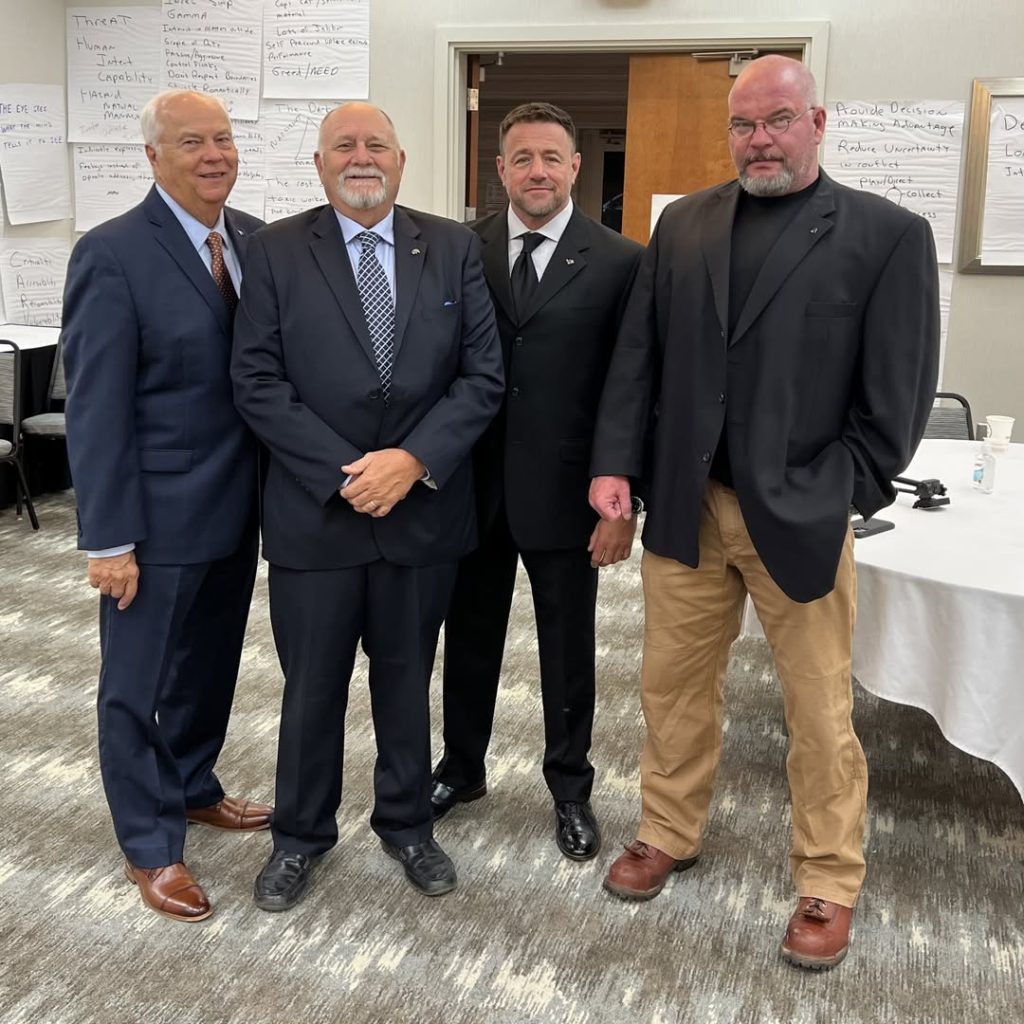
The Protection Response Tactics (PRT) Program has been taught at the Executive Protection Institute for over 17 years. It was originally designed to address the specific needs of protection agents, but the program has evolved significantly since then. Over the years, the program has been taught to numerous law enforcement agencies and protection teams. Each encounter has contributed valuable insights that have shaped and refined the curriculum. This real-world experience has been integral to the program’s development, ensuring it remains practical, adaptable, and effective. Thanks to ongoing feedback from seasoned professionals in the field, it has transformed into a comprehensive, six-phase training system with over 18 hours of focused instruction in its foundational course alone. Today, PRT stands as a dynamic and field-tested system, preparing protection specialists to respond with skill and confidence in high-stakes, hands-on situations.
Body and Mental State Training: Participants must also be trained to develop the appropriate physical and mental states required to operate effectively under stress. This aspect ensures they are physically prepared, mentally resilient, and adaptable. Body State training is something that will have a significant effect on the overall success of anything the student does.
In addition, a good educational program continues even after the event ends. Participants should leave with a clearcurriculum that allows them to continue their training, whether on their own or with a partner or their team. They should be equipped with methods and drills they can use to refine and reinforce what they’ve learned. The role of a skilled educator is to provide a roadmap for ongoing growth rather than just teaching at the moment.
Ultimately, an effective program transforms its participants, giving them practical tools and the ability to continue honing their skills beyond the initial event. It’s not about creating a one-time story to share; it’s about fostering real capability and confidence that will last a lifetime. A good educator ensures participants leave with more than memories—they leave with the means to improve and excel.
Drawing on best practices from multiple disciplines—martial arts, close protection, and tactical operations—PRT offers a holistic framework that addresses the realities of personal and professional security. The program emphasizes risk reduction, teaching professional bodyguards how to employ a variety of countermeasures to prioritize client safety. In most cases, the primary goal is to avoid confrontation by creating safe opportunities for client evacuation. However, when avoidance and evacuation aren’t possible, bodyguards may need to respond with controlled physical force.
Protection Response Tactics prepare specialists for these critical moments, equipping them with the tools, tactics, and mindset necessary to respond effectively when circumstances demand action. This well-rounded training ensures that protection professionals can manage threats proactively and handle escalated scenarios with precision and confidence.
The Protection Response Tactics (PRT) Program has significantly impacted the protection and law enforcement industries. Its ability to enhance skills, build confidence, and increase effectiveness for those who risk their lives to protect others is widely recognized. The techniques, strategies, and mindset taught through PRT equip professionals to perform their responsibilities with heightened precision, resilience, and professionalism.
Numerous requests have led to the official launch of the Protection Response Tactics (PRT) Instructor Training and Certification Program. This program is designed to equip instructors with the knowledge and skills required to deliver PRT training effectively, expanding its reach and impact within the protective services community. The program includes an instructor platform featuring a comprehensive database of teaching tools, a video archive, and interactive resources to enhance both online and in-person training. Additionally, two in-person instructor training events are scheduled for 2025, providing hands-on learning and certification opportunities.
Even before the official announcement, word-of-mouth interest alone has generated a substantial list of individuals eager to join the inaugural sessions. The enthusiasm surrounding this launch speaks to the demand for high-quality, field-tested training methods in the protection and law enforcement sectors. This program will enable dedicated professionals to deepen their expertise and share the PRT principles with their teams, ultimately elevating standards across the industry. The emergence of a new generation of certified PRT instructors marks a pivotal step in shaping the future of tactical response and protection.
If you have any questions for me or my team, contact us directly through the website at www.prtinstructor.com
Shift Your Perspective, Take Action, & Lead Yourself To Greatness
~ Sifu Alan
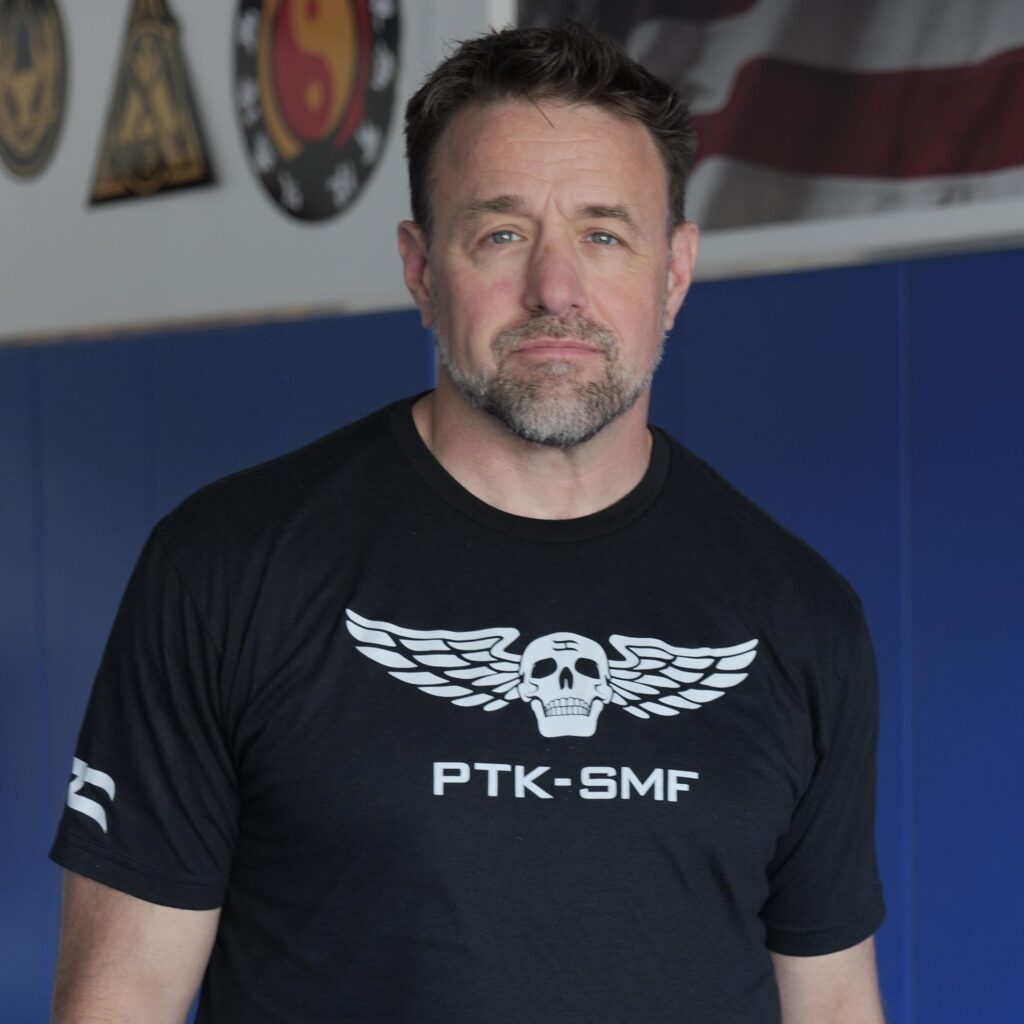
Alan Baker is renowned for his dual expertise in crafting tailored Defensive Tactics Programs and high-performance coaching. Catering specifically to law enforcement agencies, military organizations, and security firms, Alan designs training regimens that emphasize practical techniques, real-world adaptability, and scenario-based training. His approach enhances the capabilities and readiness of personnel in intense situations. His clients include the Executive Protection Institute, Vehicle Dynamics Institute, The Warrior Poet Society, ALIVE Active Shooter Training, Retired Navy SEAL Jason Redman, Tactical 21, and many others. Sifu Alan is the creator of the C-Tac® (Civilian Tactical Training Association) System and
Protection Response Tactics (PRT), two highly regarded training systems that emphasize realistic, adaptive techniques for both civilians and professionals in high-risk fields. Explore Alan’s tailored programs here. Sifu Alan travels across the U.S., teaching camps and seminars on the programs he’s developed and the multiple martial arts he has studied for nearly five decades.
Beyond mere tactics, Alan stands out as the paramount “Self Leadership” coach, adept at unlocking the vast potential within individuals. With a deep passion for mentoring professionals, entrepreneurs, and those on personal growth odysseys, he focuses on nurturing a mindset of excellence. Alan’s coaching hinges on practical strategies that bolster mental resilience, focus, and drive. Teaming up with Alan means embarking on a transformative path where mental barriers are dismantled, inherent strengths come to the fore, and your goals become within clear sight. His profound insights enhance performance and sculpt a mindset tailored for triumphant success.
To delve deeper into Alan’s mindset philosophy, peruse his enlightening collection of books. If you’re ready to amplify your journey under Alan’s tutelage, connect through his official website.



